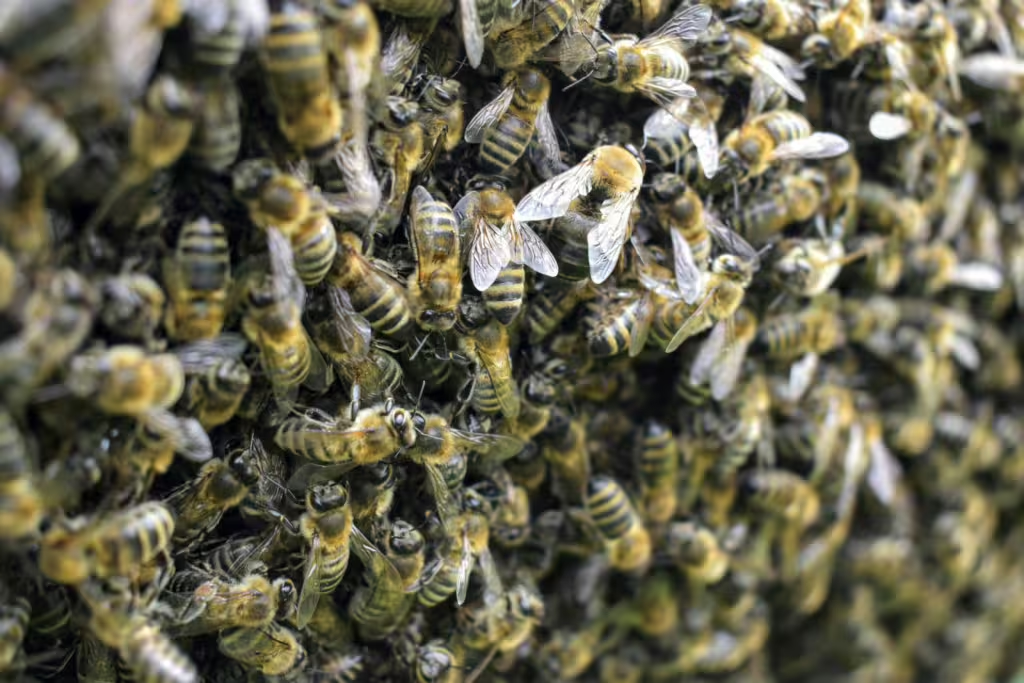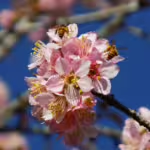All around us, rom the air, the natural world pulses with the sound of the swarm. If this thought sounds somewhat disquieting to you, you’re not alone. When we hear the word swarm, our collective imagination conjures up images of chittering insects, descending biblically on us from the darkened skies above. But swarms found in nature are far more than their counterparts in horror and fantasy would have you believe.
They are more than just mass gatherings of fish, insects, and birds; they are fleeting masterpieces painted on the canvas of the sky. Despite the fact that swarms are made up of individuals, they move with an easy grace that indicates far more than just instinct might be at work. Indeed, there are indications, via our current understanding of science, that swarm intelligence is a tangible thing; an alien intellect sharpened by millions of years of evolution.
Nowadays, we understand that swarms are not simply plagues from an unseen force beyond our reckoning, but conglomerations of a single species, usually formed to ensure that species’ continued survival. Within these living currents of critters, individual animals can find safety in numbers, strength in synchrony, and purpose in the collective rhythm of their brethren.
In this article, we will discuss insects swarms, in particular. We will discuss how an insect swarm forms, which species evince this behavior, why they do it, and why this disquieting behavior might be necessary for the continued survival of our entire planet.
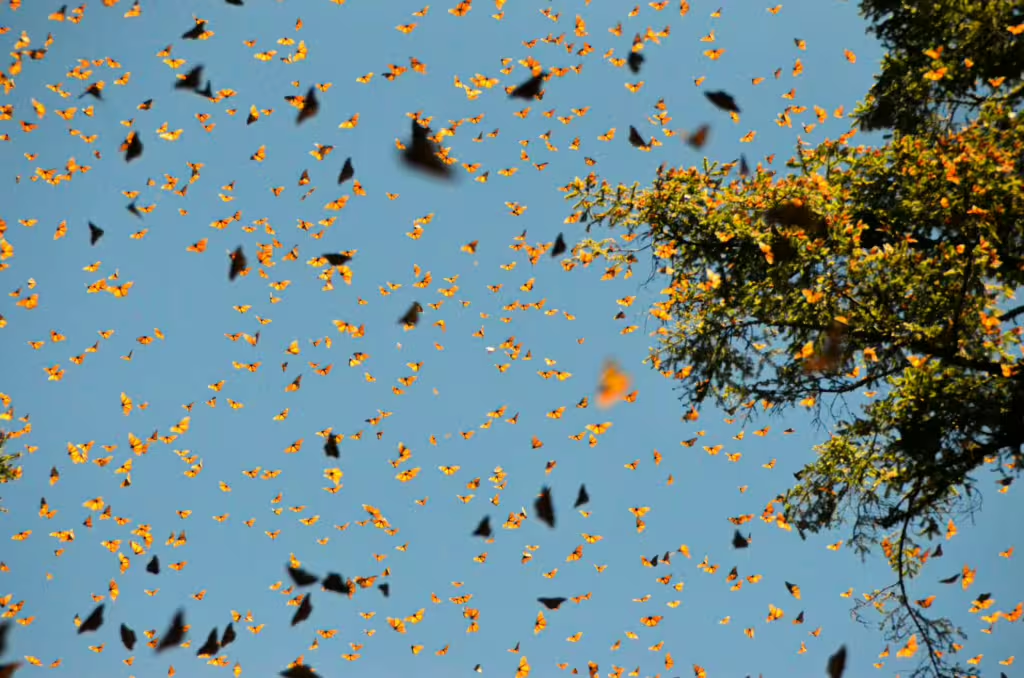
Evolutionary Advantages of Swarming
To the casual observer, swarming might seem like second nature. Insects might seem like they are swarming, weaving, undulating, cavorting through the air with the greatest of ease; but what they are actually doing is far more complicated. It is also far more costly for the insects themselves. Not only does swarming expose the insects to predators who are more than willing to take advantage of their gathering, it also requires a great deal of energy. If that is true, one asks, then why have so many insect species all over the globe, evolved to do it?
Well, as for predators, swarms actually decrease the odds of any single insect being eaten. This is due to a phenomenon known as the dilution effect. At the same time, the seemingly rapid, coordinated movement of a swarm can confuse predators, making it hard to target an individual. This is known as the confusion effect. In terms of mating, swarming insects are more likely to find a mate in a gathering of thousands than they would flitting about on their own.
Then there is feeding. Locusts and other migratory insects swarm together in search of food, often relying on interswarm communications to find food sources along the way. This works because a swarm often acts as a giant “sensor array,” one that can cover large areas all at once.
The Form of a Swarm
Another thing that most folks might not know is that there is no single insect leading the swarm. There is no queen bee of a swarm or head locust like Hopper from A Bug’s Life. Swarms don’t have leaders to tell them what to do, instead, each individual insect intrinsically knows to follow a small set of rules based on the speed and position of its neighboring bugs.
The evidence of this is still in dispute, but researchers have identified a few behavioral rules that can govern swarm movement. These rules are a sort of intelligent collective movement that every member of the swarm just sort of knows, even if the individual bugs are possessed of minimal intelligence by our reckoning. The three most common of these rules are are:
Separation – Bugs can avoid collisions with nearby individuals.
Alignment – Insects will steer in the same direction as their neighbors.
Cohesion – Each member of the swarm move toward the average position of the insects nearby.
Locusts: Hunger Incarnate
Locusts, the bane of farmlands everywhere. These short-horned grasshopper relatives are known to travel in huge swarms made up of millions of individual insects…but not all the time. In fact, most of the time they live solitary, placid lives. However, when food is scarce and the population density rises, locusts switch to something known as the gregarious phase. In this state, the insects change color, grow stronger wings, and begin to move and feed in large, ravenous swarms.
As we mentioned earlier, the primary trigger for locust swarming is based on environmental stress—typically after a drought followed by rapid vegetation growth. The locusts gather around food sources and make physical contact with one another. These interactions enable the locusts to scent one another, seratonin rises and it trigger the shift to gregarious behavior.
Locust swarms are known to fly over 100 kilometers a day, gorging themselves on virtually all vegetation that happens to be in their path. As they move, they rely on visual cues and airflow patterns to move as one and stay in perfect alignment. Each locus can track only its direct neighbors but can adjust its direction and speed on the fly (pun intended) to maintain speed, pacing, and relative spacing.
Bees: In Need of a Hive
Honey bees are among the most studied insects on Earth; most due to the fact that we rely on them for most of our agricultural pollination. They are renowned for their complex social behavior, but that doesn’t often include any sort of swarming behavior. That is, until the swarming season causes the bees to take to the air en masse.
This swarming is done as a means of colony reproduction, not an emergency response of threat, as some people might mistakenly believe. Basically, when a hive becomes too overcrowded, the queen will leave to find a new hive. Only half of the workers will follow her when she leaves, clustered around her as she hovers and as other bees scout for new and bigger nesting sites.
As they fly, bees use a mix of pheromones, buzzing, dancing behaviors, and touch. These chemical, tactile, and visual cues help them stay organized during flight and keep the queen safe in their midst. Often more than 20,000 bees will head out with the queen to find their new home. The most interesting aspect of all this is that the “decision” about where to settle comes down to some measure of democratic process. Scouts report the sites they find via waggle dances and the swarm essentially votes on the most vigorous dance. The process can sometimes take days, leaving workers and queen vulnerable, but finding the right place is of supreme importance after all.
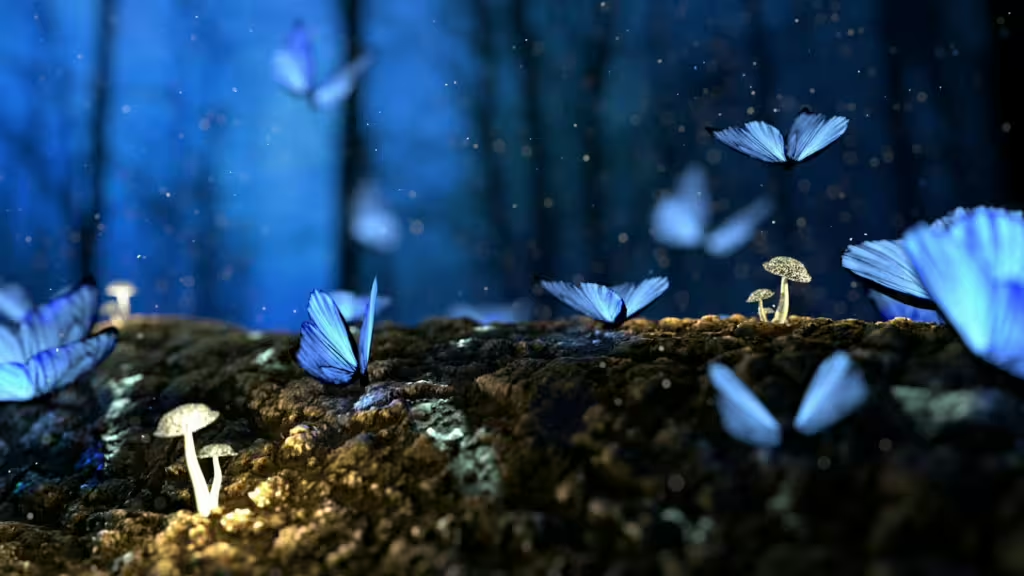
Midges: Mating Dance
Anyone who has been swarmed by a cloud of midges knows that these small, mosquito-like flies are not at all dangerous….but they are darn annoying! During mating, these teensy insects form dense, floating clouds that pulse and shimmer in the air. You can usually catch them near bodies of water and at dusk. In any case, they tend to hover in fixed locations, be that a stream, a particular shrub, or a poor person’s head. In any case, these places are meant to be markers, drawing in other midges like a beacon so that females can come in, choose a mate, and skedaddle.
The Push and Pull of Swarms and Humans
By now you have cottoned on to the fact that not all swarms are harmless. Locust swarms have been feared and spoken about since the dawn of man. The Old Testament has them as one of the Ten Plagues of Egypt, for goodness sakes. There is good reason for this hyperbole about them, as their kind has unwittingly devastated agriculture for millennia. The issue is, climate change may be making destructive swarm events more frequent and intense. This could invariably result in food scarcity for millions of people all over the world.
Bees, meanwhile, are losing the battle against climate change, chemicals, pesticides, and just about everything else we humans do. These animals are essential pollinators, necessary for the proliferation of natural and agricultural flora the world over. And sure, their swarming behavior might be natural and non-aggressive, for the most part, but that doesn’t stop fear and misunderstanding from resulting in further destruction of their hives by shortsighted locals.
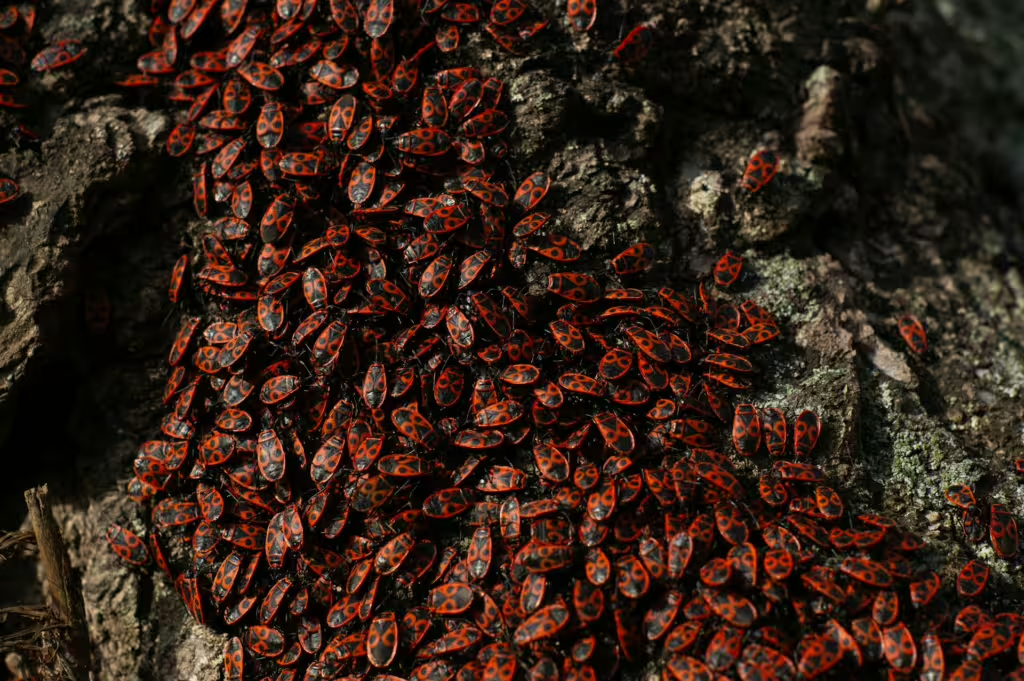
True Investigator Says…
As you can see, Animals swarm in order to communicate, protect one another, feed, or breed. As they do, their rhythmic pulsing, mesmerizing displays, and destructive power are all on full display. This can be humbling, but it should not always be something we fear. As the bard once so eloquently put it, “though she be small, she be mighty,” and that is something we humans ought to consider. It is also something that we should strive to protect and learn to understand to the fullest. Indeed, even the swarms that we have cause to fear—certain hornets, locusts, mosquitos, and the like—are swarming for their own reasons and towards a greater purpose than those petty fears might have us believe.
Today, modern researchers are uncovering more and more about how and why insects flock together in such great numbers. Through this study, we gain not just scientific knowledge—but a deeper appreciation for the remarkable intelligence hidden within nature’s delicate dances.
Discover more from TrueInvestigator
Subscribe to get the latest posts sent to your email.
